What’s the weather like where you’re from? Is it hot most of the year? Cold? Have you experienced snow? While Korea boasts all four seasons, they aren’t equal. Spring and fall can be absolutely lovely, but fleeting, whereas, summer and winter tend to take over the year. Both seasons can catch people by surprise, especially winter for teachers from warmer climates or those who get cold easily. Korea has average winter temperatures of around -5℃ ( 23℉), with years where it drops lower depending on where you are. Here are some of the ways Korea can be frighteningly cold and tips on how to stay warm.
School
Schools are cold. Sometimes it is warmer outside than it is inside. It’s common all year long for doors and windows to be left open in order to get fresh air circulating. For many schools no students also, means no heat. This can make desk warming chilly. Hallways also aren’t heated, which can make things worse if you need to go to the bathroom. Whether students are at school or not, most bathrooms tend to not have any hot water, let alone ways to dry your hands. Just imagine that icy cold water and then the rush to get back to your classroom with all those windows open letting in the fresh air. Brr.
Some solutions is that you can bring in your own space heater, you may want to get this approved first. Always keep an eye on it and make sure to turn it off and unplug it when you leave the room. You’ll also find your students with blankets, maybe take a note out of their book and bring one with you to school to keep warm, though try not to fall asleep if you get too cozy. Bringing your own small hand towel or handkerchief can also help with drying your hands. It won’t help with the lack of hot water, but it can keep you from walking through the halls with freezing wet hands.
Home
Your bathroom might become a refrigerator in winter. Unlike the rest of your home which will probably be heated by an ondul (온돌), the bathroom tends to lack any sort of heating. If you do happen to be lucky enough to find yourself with a some sort of heating in your bathroom keep an eye on your electric/gas bill because they tend to get pricey.
As previously mentioned, a Korean apartment usually is heated by an ondul, a type of floor heating that can be a bit different depending on where you live. The thermostat options for them aren’t universal so figuring it out will be key. Some have timers, other’s have an option for when you go out, but a lot of the basics tend to be the same or similar. Knowing how yours works is important, especially, if you go on vacation, you don’t want to come back to frozen pipes. No matter how expensive keeping the ondul on is, having to have it repaired is even more expensive, so if in doubt just leave it on at a low setting.
Other solutions include a return to our dear friend the space heater. This will bring up your electric bill a bit, so you’ll want to decide which works best for you. Heated blankets are also a popular option for staying warm during winter.
Out and about
It snows in Korea and sometimes there’s ice. Not all walkways and roads are equally cleaned off. Be very careful when walking on icy or snowy sidewalks and if you drive keep an eye out for black ice. Korea can also get windy in winter that can chill to the bone. Many train stations, while having an overhead to protect from snow and rain are still prone to the elements. Bus stops on the other hand, aren’t always guaranteed to have any overhead protection. Dress warmly and use some of the solutions below to fight off the cold.
Here are a few solutions that will help you stay warm in Korea:
-Layers
Fleece leggings, thermal long johns/long underwear and Heat Tech clothing can be helpful.
-Buy a warm coat
Being a marshmallow is preferable to shivering trying to look fashionable. Many coworkers and students alike will probably be wearing their coats and jackets in school, in class, and in the hallways. Some may even be wearing blankets like cloaks.
-Thick socks
Korean socks can be purchased in underground markets for about 1,000 won. For a couple 1,000 won more you can buy warmer, thicker socks that are a bit like wearing slippers.
-Hot packs (핫 팩)
Hot packs in Korea tend to cost about 1,000 won and are extremely popular. They come in a variety of sizes and time frames they’ll work for. Look for the number on the package next to 시, example 12시 means the heat pack should work with continuous heat for 12 hours. They can be taped onto clothing or can purchased with sticky side. Don’t stick them directly to your skin as they do get hot. Just open them up, shake and pop one into a pocket or your shoes to keep warm. These can be purchased almost anywhere.
-Yellow Dust Mask (황사마스크)
While living in South Korea you’ll find days with high levels of yellow dust, something that seems to continuously get worse as the years go. Many stores sell a variety of masks with different levels of filters, or you can find cute printed cloth ones that won’t really protect you from the levels of dust in the air. These will however, along with protective filter ones, keep your face and nose warm. Warning: If you wear glasses, your glasses will probably fog up while you wear a mask.
-Hot drinks
Subway stations sometimes have vending machines with hot drinks, either the kind that will spit out a cup and boiling hot liquid for about 300 won or ones with actual hot cans of coffee or chocolate. Many convenience stores also offer warm drinks, either the do-it-yourself kind or some already nice and toasty in warm display boxes. Thermoses are quite useful as well, get a good one and fill it up at home with hot water and a chosen drink. It will stay warm most of the day. Most water fountains in Korea also tend to have a hot water option that can be used to refill a thermos.
-Hot food
One of the best ways to warm up in Korea is the food. Soups and stews at restaurants tend to arrive still boiling and bubbling with plenty of flavor. Try samgyetang (삼계탕) a healthy ginseng chicken soup, doenjang jigae (된장찌개) a korean soybean paste stew, seolleongtang (설렁탕) an ox bone soup, or if you want something with a bit of a spicy kick try kimchi jjigae (김치 찌개) or budae jjigae (부대찌개). Winter also brings plenty of tasty treats to the streets like hotteok (호떡), bungeoppang (붕어빵 / 잉어빵), sweet potato (goguma/ 고구마)
and roasted chestnuts (gunbam/군밤).
-Warming face masks
Korean winters are drying, especially with heaters and an ondul going. Lotion and chapstick is a must to prevent your skin from cracking and bleeding. A humidifier at work and home may also be useful for preventing nosebleeds and protect your throat and voice. Korea also offers a variety of warming face masks and eye masks which can help.
Writer: Lauren Smith
Editor: Jane Castillo
Lead Contributor: Rachel Casseline Pinnock
Pictures:
All pictures in the article were taken by Lauren Smith. All original copies are in the Media file titled “Staying Warm in Korea” under her workspace. Please use these because they will be better quality for size. All pictures have been adjusted in size in this document for better reading and editing.
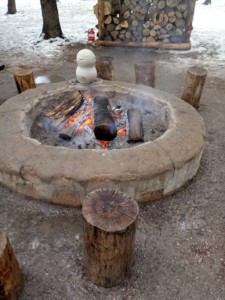
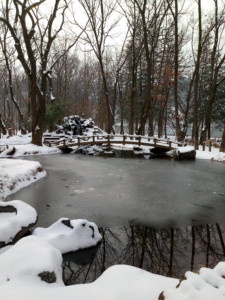
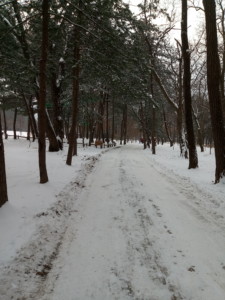

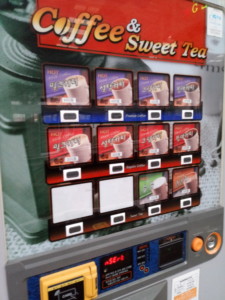

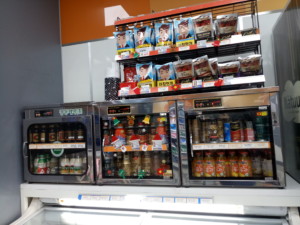
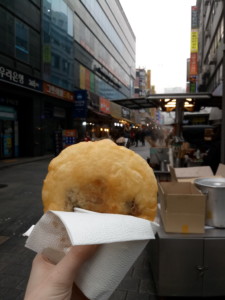
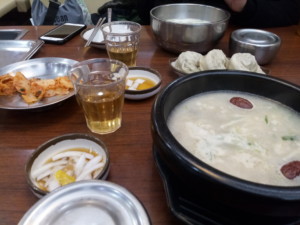
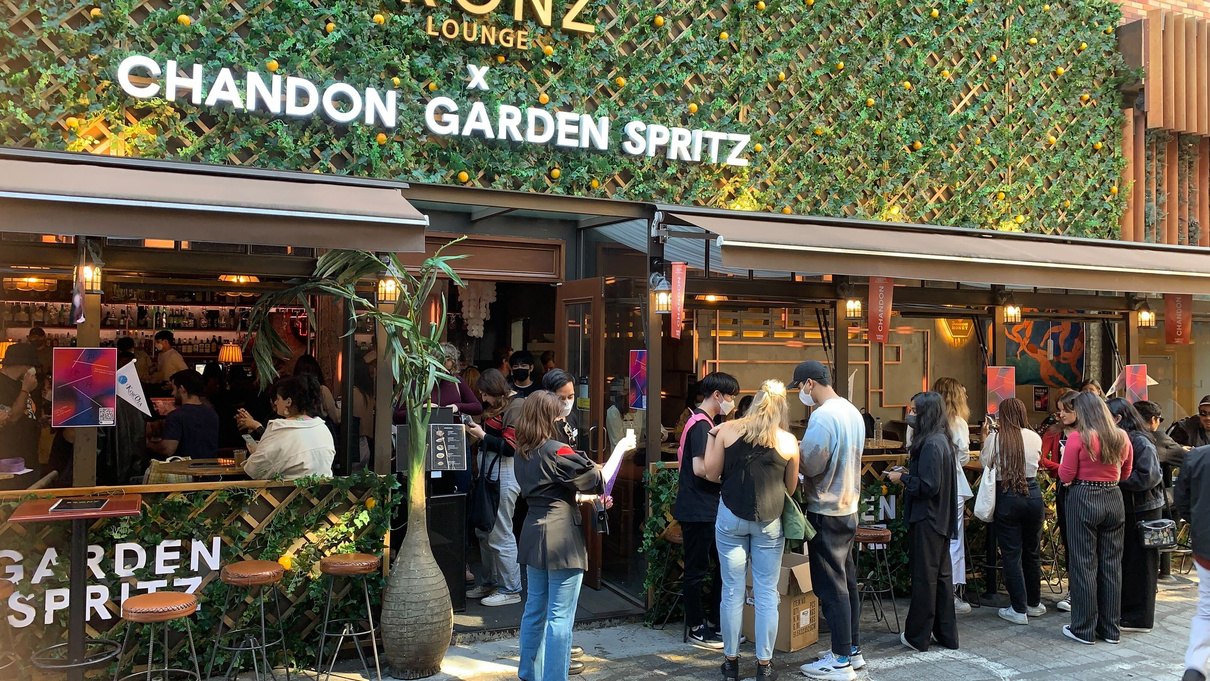




Everything in this article is 100% my life here! This is my 2nd winter in Korea and I still cry every time I walk in the hallways at school or use the bathroom in my house! Good advice with the hot packs!